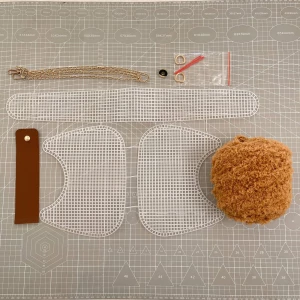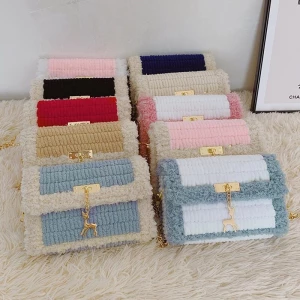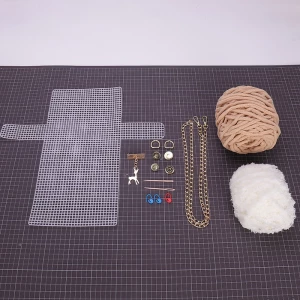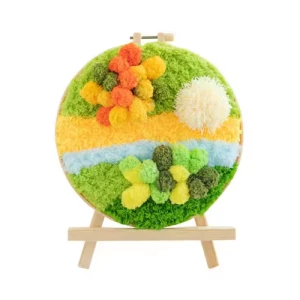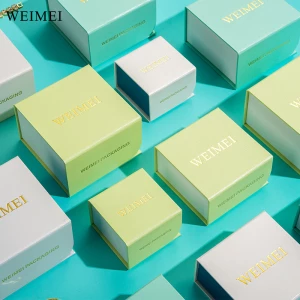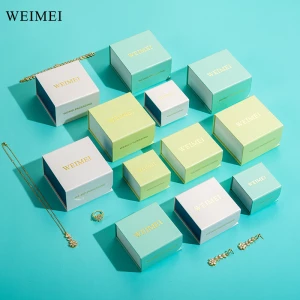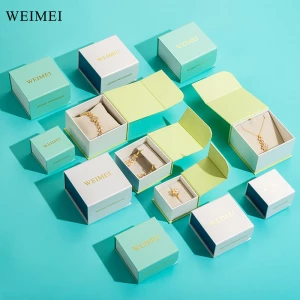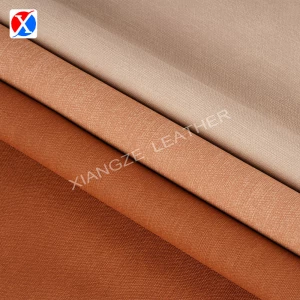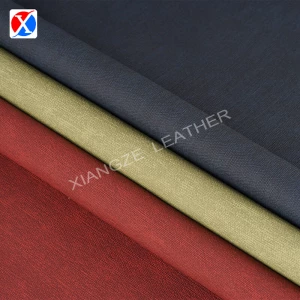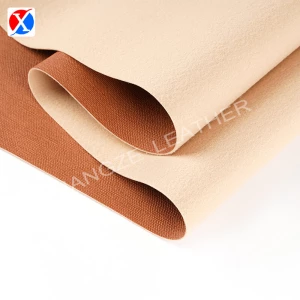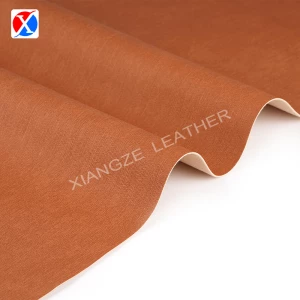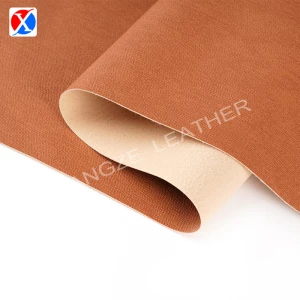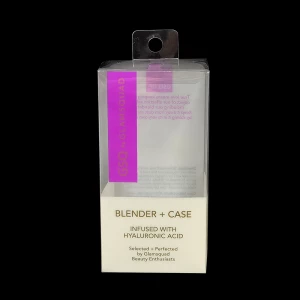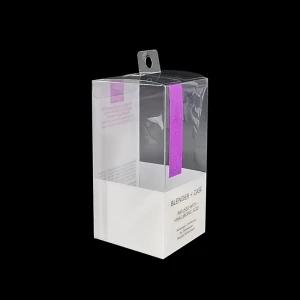Organza Packaging Materials: A Complete Guide for Buyers in 2025
In the world of luxury packaging, organza packaging materials stand out for their elegance and versatility. Whether you're packaging jewelry, cosmetics, or wedding favors, these delicate fabrics add a touch of sophistication. This guide covers everything from sourcing reliable suppliers to understanding different types and applications.
How to Find Reliable Organza Packaging Materials from China in 2025
China remains the top manufacturing hub for organza packaging materials, offering competitive prices and quality. When sourcing:
- Verify supplier credentials on platforms like Alibaba
- Request material samples before bulk orders
- Check for certifications like OEKO-TEX® for safety
- Negotiate MOQs (Minimum Order Quantities) that fit your needs
Top production regions include Zhejiang and Guangdong provinces, where textile manufacturing clusters offer economies of scale.
What Buyers Should Know Before Buying Organza Packaging Materials from China
Key considerations include:
- Lead times (typically 15-30 days for custom orders)
- Shipping costs and import duties
- Color consistency across batches
- Customization options (printing, embroidery)
Case Study: A UK-based jewelry brand reduced packaging costs by 40% by switching to a verified Chinese supplier while maintaining quality standards.
Types of Organza Packaging Materials
Common varieties include:
- Silk organza: Premium option with natural sheen
- Polyester organza: More affordable and durable
- Embroidered organza: For high-end presentations
- Printed organza: Custom designs for branding
- Metallic organza: Adds shimmer for special occasions
Functions and features of Organza Packaging Materials
These materials offer:
- Lightweight yet protective
- Translucent for product visibility
- Reusable and eco-friendly options
- Anti-static properties for delicate items
- Breathable for certain food applications
Scenarios of Organza Packaging Materials
Ideal for:
- Luxury jewelry presentation
- Wedding favors and bridal accessories
- Cosmetics and beauty product packaging
- High-end chocolate and confectionery
- Corporate gifting solutions
How to Choose Organza Packaging Materials
Selection criteria:
- Determine your product weight and size requirements
- Choose between natural silk or synthetic based on budget
- Select appropriate thickness (measured in momme)
- Consider color fastness if products may get wet
- Evaluate customization needs (ribbons, drawstrings)
Organza Packaging Materials Q & A
Q: How do I prevent color bleeding in organza bags?
A: Pre-wash fabrics before packaging and avoid moisture-sensitive products.
Q: What's the typical MOQ for custom organza packaging?
A: Most Chinese suppliers require 500-1,000 pieces for custom orders.
Q: Are organza materials eco-friendly?
A: Silk organza is biodegradable, while polyester versions can be recycled.
Q: How to calculate the right size organza bag?
A: Add 2-3 inches to your product's longest dimension for proper fit.
Q: Can organza be used for food packaging?
A: Only food-grade certified organza should contact edibles directly.











